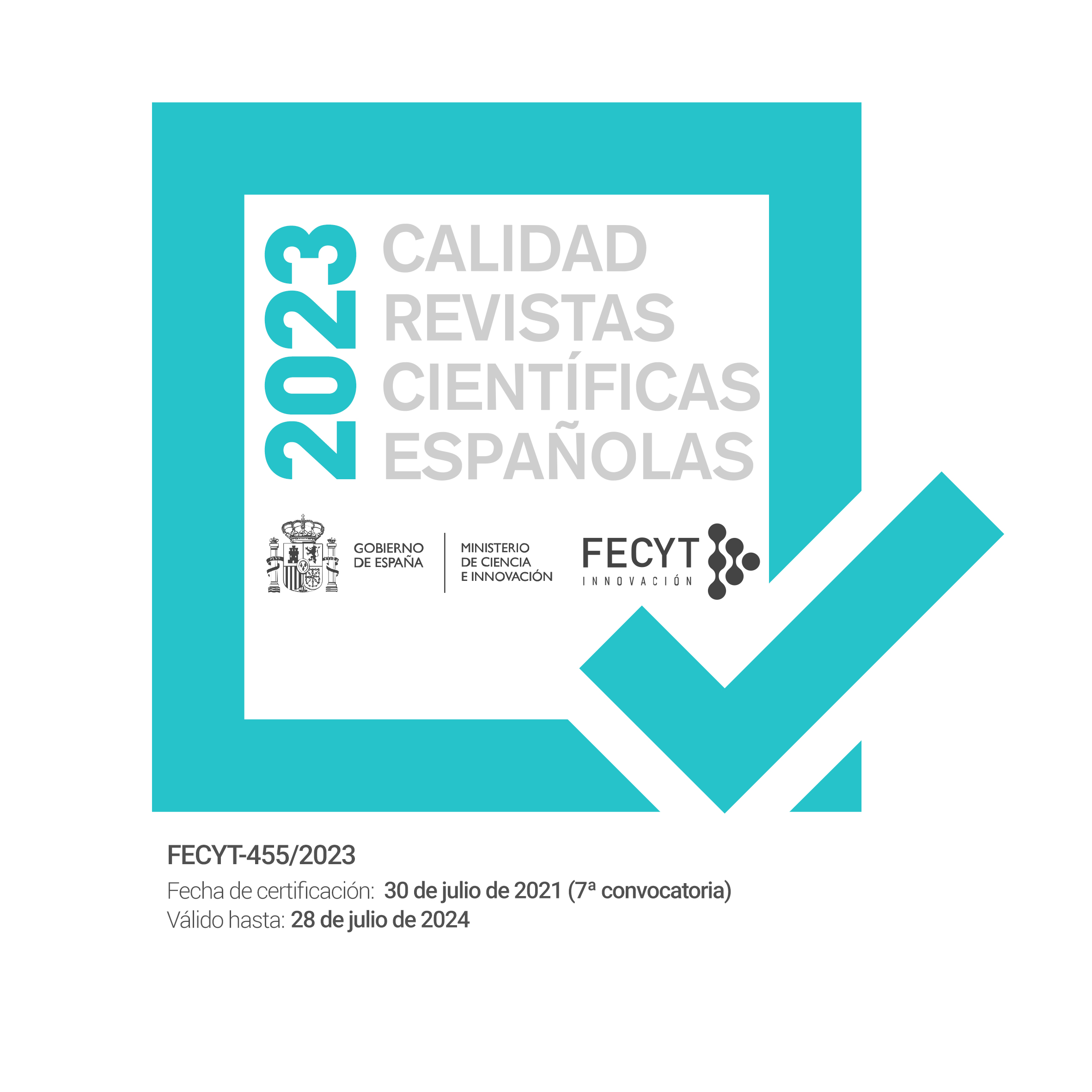Un posible brote de disentería en Granada en 1635: comprobación demográfica de las fuentes históricas
DOI:
https://doi.org/10.30827/cn.v0i39.1347Palabras clave:
Disentería, Contaminación de agua, Granada, Albaycín, Edad ModernaResumen
El escritor del siglo XVII Henríquez de Jorquera describió un posible brote de disentería en Granada en el año de 1635. Según el método de Dupaquier, aplicado al total de 1529 registros de entierros conservados, en este año se produjo una crisis de mortalidad que, a nivel más local, sólo se detectó en algunas parroquias. Con el objetivo de comprobar la validez de esta descripción, se procedió al estudio estacional de 919 registros de entierros de diversas parroquias. Los resultados obtenidos denotan la presencia de un pico brusco de mortalidad en el mes de junio que afectó exclusivamente a las parroquias cuyo suministro de agua dependía de la acequia Axaris. La conjugación del abastecimiento del agua y las temperaturas cálidas apuntan a un brote causado por un agente de transmisión oro-fecal, que pudo coincidir con el episodio descrito.
Descargas
Descargas
Publicado
Cómo citar
Número
Sección
Licencia
Nuestra revista se atiene a las recomendaciones para la implementación del Artículo 37 Difusión en Acceso Abierto de la Ley de la Ciencia, la Tecnología y la Innovación:
- Los/as autores/as cuyas contribuciones sean aceptadas para su publicación en esta revista conservarán el derecho no exclusivo de utilizar sus contribuciones con fines académicos, de investigación y educativos, incluyendo el auto-archivo o depósito de los artículos aceptados en repositorios institucionales o temáticos de acceso abierto de cualquier tipo en un plazo máximo de seis meses.
- Preferiblemente se permitirá el uso de la versión publicada de las contribuciones científicas, que estarán accesibles en abierto tan pronto como sea posible.
-
Que en caso de que el trabajo sea aprobado para su publicación, el/la autor/a autoriza de manera ilimitada en el tiempo a la entidad editora para que incluya dicho texto en Chronica Nova y pueda reproducirlo, editarlo, distribuirlo, exhibirlo y comunicarlo en el país y en el extranjero por medios impresos, electrónicos, CD, Internet o cualquier otro medio conocido o por conocer.






 ISSN-e: 2445-1908
ISSN-e: 2445-1908










